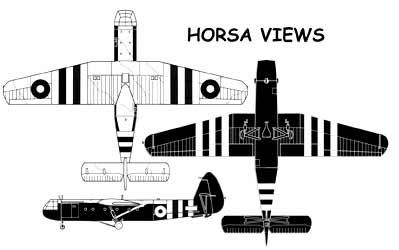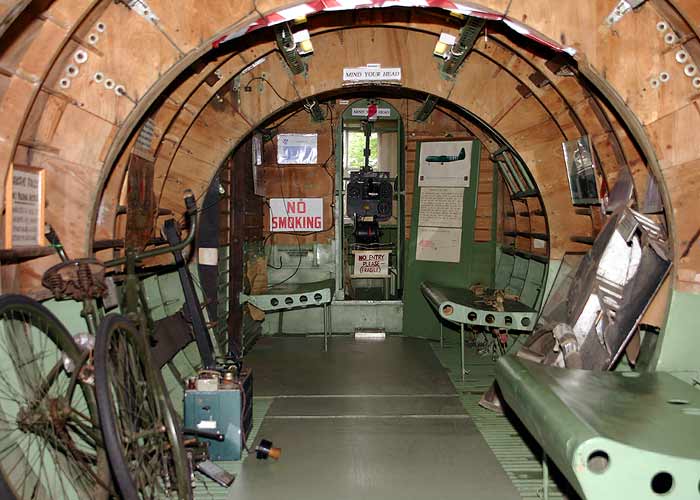JU 87: Part 4: The Stuka in Foreign Service
So researching the Stuka I came across several interesting photographs of Stukas operated not by Germany, but by her Axis allies and vassal states, also some captured aircraft in allied hands
First off, the Empire of Japan
A single Ju87 was supplied to the Japanese in 1938, with the intent to be evaluated as a carrier borne aircraft, The Japanese eventually decided to develop their own aircraft. It is not clear what had become of the Japanese Stuka, as very few pictures exist:
Artist's impression of the Japanese Stuka
From the photographs it appears that it was a very early model, likely one of the Ju87 B range
Spanish Civil War: The Condor Legion
12 Stuka were supplied by the Germans to the Nationalists during the Spanish Civil war

-Condor-Legion-Spain-1938-02.jpg)

Hungarian (Axis) Airforce




Romanian Air Force


Croatian Air Force

Italian Air Force
Picchiatello in Italian service
The fast Luftwaffe victories over most of Europe were highly publicized by Germany and its allies, and, as the weapon of the Blitzkreig, the Ju.87's capabilities were overstated. Impressed by such publicity or, perhaps, stung by the complete failure of the Italian aircraft industry to produce an equal, the Regia Aeronautica insisted on the procurement of a number of Ju.87B-2s. Between July and August of 1940, a team of Italian pilots and groundcrew completed a conversion training course on the type at Graz in Austria and returned to Italy with 15 brand new aircraft.
By August 22, these aircraft were at Comiso, Sicily, after staging through Rome (Ciampino), Naples (Capodichino) and Catania (Fontanarossa). Five more aircraft arrived during the last week of the same month, and the aircraft began to form up into the 236 and 237 Squadriglie within the 96 Gruppo.
In the afternoon of September 2, the Italian Stukas—named Picchiatello in Italian service— went through their baptism of fire in the Mediterranean when they attacked a naval formation just outside Maltese waters (Operation Hats). The first wave took off from Comiso at 1040 hrs but returned to base without making contact, as they could not find their target. Five aircraft sortied from Comiso at 1425 hrs, led by Commandante Ercolano Ercolani. On sighting the ships, the aircraft went into action, and the airmen observed a hit on one vessel. On their return to base, four more aircraft took off and attacked another formation of ships. During this attack one Stuka was slightly damaged.
The first direct attack on Malta was performed on September 5. Italian reconnaissance reported a large ship in Grand Harbour, but the five Stukas that sortied could not find it. As an alternative target, they hit Delimara with their 500-kg bombs. On the 15th attacks against Malta began in earnest. Twelve aircraft from both squadriglie of the 96 Gruppo, escorted by C.200s of the 6 Gruppo (on their first operational mission), performed a text-book dive-bombing attack on Hal Far airfield, to the south-west of the Island, with significant results. They were then chased off by defending Gladiators and Hurricanes.

Two days later, during a repetition of this raid (this time against Luqa, the main airfield of the island), one Italian dive-bomber fell to the Hurricanes, while another returned to base with a dead gunner in the rear cockpit. During this raid, the Ju.87s were escorted by CR.42s of the 23 Gruppo. One of the escorting biplanes, flown by Sottotenente Cavalli, received a direct hit in the engine from anti-aircraft guns. The pilot had enough time to bale out before the aircraft exploded in a ball of flames, but Cavalli was taken prisoner. It was obvious that the Ju.87 was easy meat for fighters once it had released its load.
Both the 236 and 237 Squadriglie suspended their operations against Malta, having been called to turn their attention to the impending operations against Greece. Their place in Sicily was taken by the two newly formed units, the 238 and 239 Squadriglie, within the 97 Gruppo. After a short operational debut against Allied shipping around Malta on November 28 1940, this unit was also called away to help in the Greek operations, which were beginning to take a bad turn.
Malta became a target once again when the 96 Gruppo returned to Sicily on January 8, 1941. A heavily defended Allied convoy was sighted, and plans were made to attack it as soon as it came within range. The Stukas' first action was a nuisance raid over Marsaxlokk Bay on the 9th, escorted by 12 CR.42 biplanes. January 10 marked the beginning of a continuous chase—the desperate effort to sink HMS Illustrious. In the afternoon, Ju.87s from the 237 Squadriglia scored a direct hit on the aircraft carrier and forced her to leave the formation and head towards Malta for shelter and repairs. During her stay at Malta, Illustrious was the subject of concentrated attacks the likes of which the Island had not witnessed until then. Malta's docks are situated in a densely populated area, and civilian casualties during these attacks were high. With the arrival of the German air contingent in Sicily (Fliegerkorps X) and the start of the German attempt to "wipe Malta off the map", the Italian Stukas were sent to North Africa and the Greek front.
The Italian Stukas returned to Sicily once more towards the end of May, 1941. Their initial sorties were concentrated against naval targets carrying vital supplies to Malta and Alexandria. It was only in August that these aircraft returned to bomb targets over Malta itself. These operations started on the 7th and involved night raids by aircraft of the 238 and 239 Squadriglie, followed by similar raids on the 11th, 15th and 16th. Unit operational records for September 2 are particularly detailed. During a raid over Grand Harbour that day, Sergente Maggiore Valentino Zagnoli was credited with the destruction of a tanker. Two of his companions could not complete the raid, as one had engine problems and made a forced landing short of home base, while another ran out of fuel and had to turn back. Stuka attacks against Maltese targets continued on and off during September (8, 26, 27).


After a short lull, the Picchiatelli returned to night operations against Malta on the nights of October 15 and 16. A major effort was made on November 5, when 13 aircraft from 208, 238 and 239 Squadriglie attacked naval targets in Grand Harbour. During the ensuing battle two Ju.87s were shot down by anti-aircraft gunners and defending fighters. This cycle of operations ended on the night of November 10.
The aircraft reappeared in June, 1942. Targets this time were the airfields at Luqa and Hal Far. The raid of the 24th accounted for the loss of the Ju.87 flown by Sottotenente F. Papalia, with two more losses occurring on the 28th. After these raids, the Ju.87 units turned their attention to the sea supply routes, flying from Gela and Castelvetrano. Night raids against Malta resumed during the last week of July. Towards the end of August, the 239 and 209 Squadriglie, with an infusion of new pilots, turned their attention towards the radar stations on the Island, not without losses.
The end of the Ju.87B's operations from Sicily began on November 5, 1942. Whilst on a training flight, the wing of a Ju.87B started to vibrate violently. On close inspection, it was found that all aircraft in the Gruppo had exceeded their fatigue lives, and the wings could no longer take the strain of dive bombing. The unit was asked to return all the aircraft to Lonate Pozzolo in November, where it would convert to the Ju.87D-3.
Like those in other theaters, the Italian Ju.87s earned the reputation of being easy prey for determined fighter pilots. Hurricane and Spitfire pilots flying in the defence of Malta recall that their only preoccupation when chasing down a Ju.87 was the treacherous barrage put up by the Island's anti-aircraft gunners that they had to brave. The Ju.87 managed to do extensive damage to shipping and installations on Malta, but the cost in crewmen was extremely high.

Bombing sortie hitting an Allied merchant ship

Captured Stukas in Allied hands:
Libya (Crash-landing after running out of fuel)

Returning the favour - Stuka hitting back at the Germans: Italian Co-belligerent Air Force

Italian Aircraft captured bu British
Captured Aircraft in British hands







-Condor-Legion-Spain-1938-0A.jpg)

-Condor-Legion-Spain-1938-0B.jpg)






































